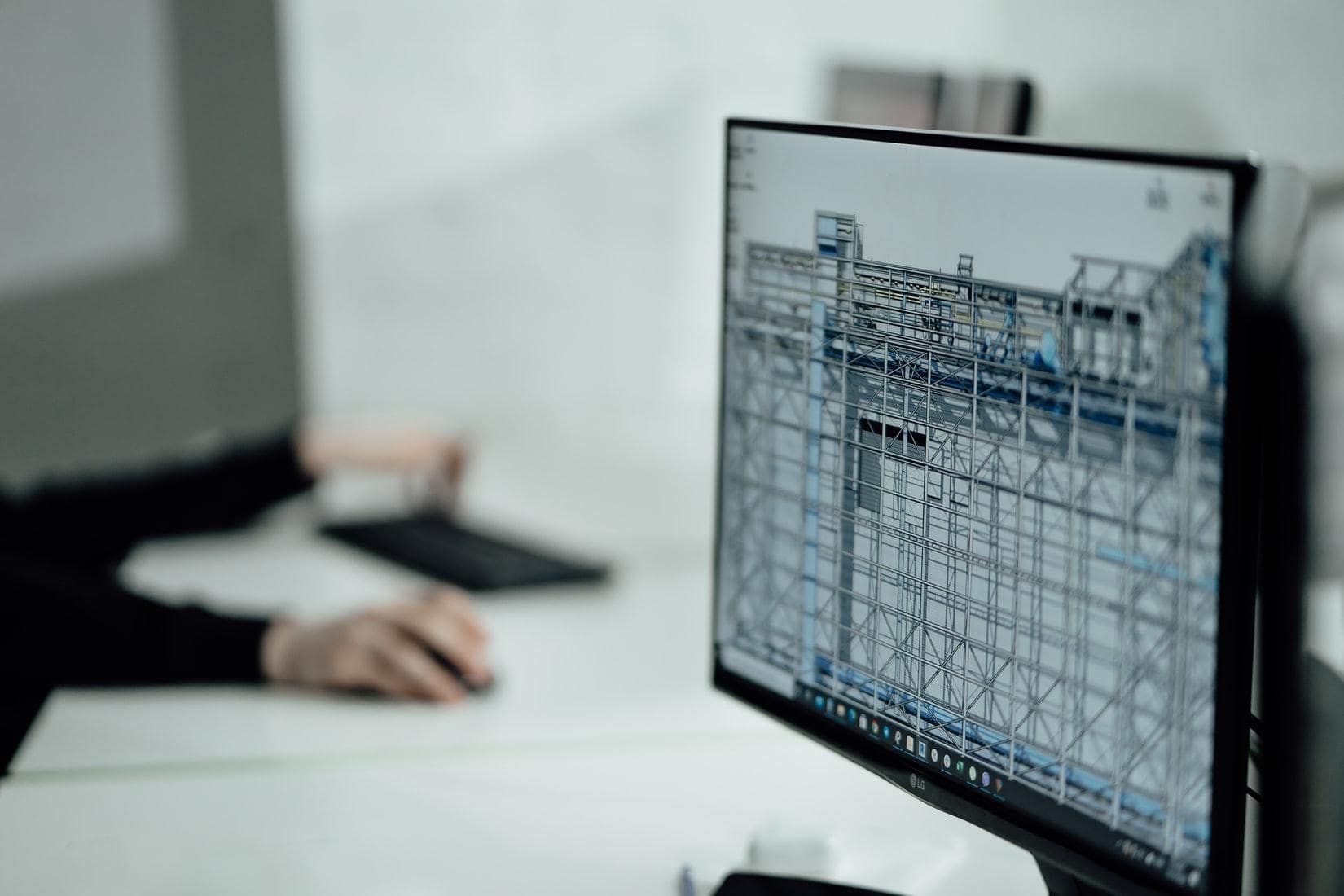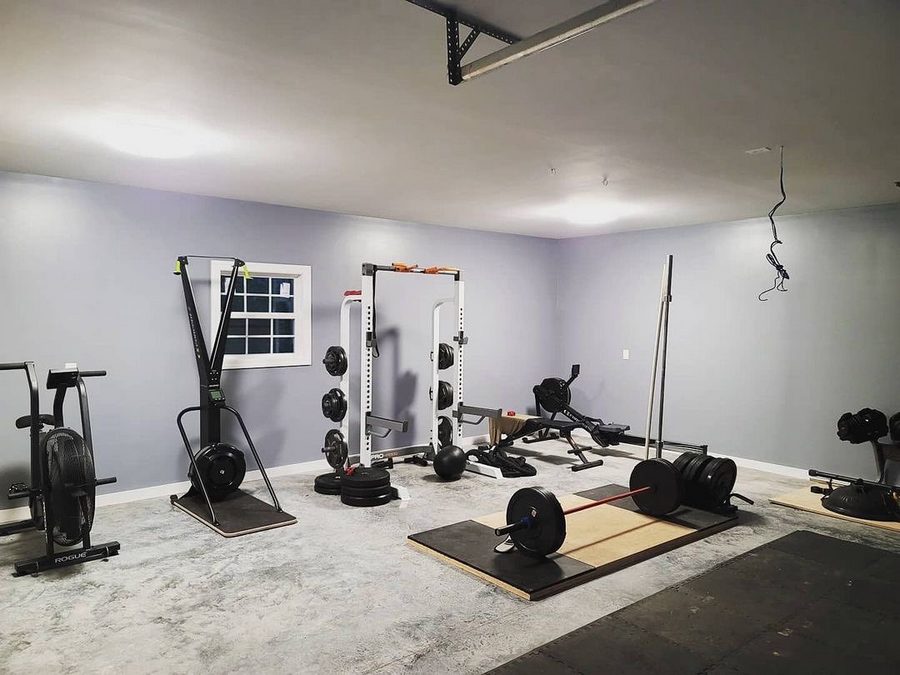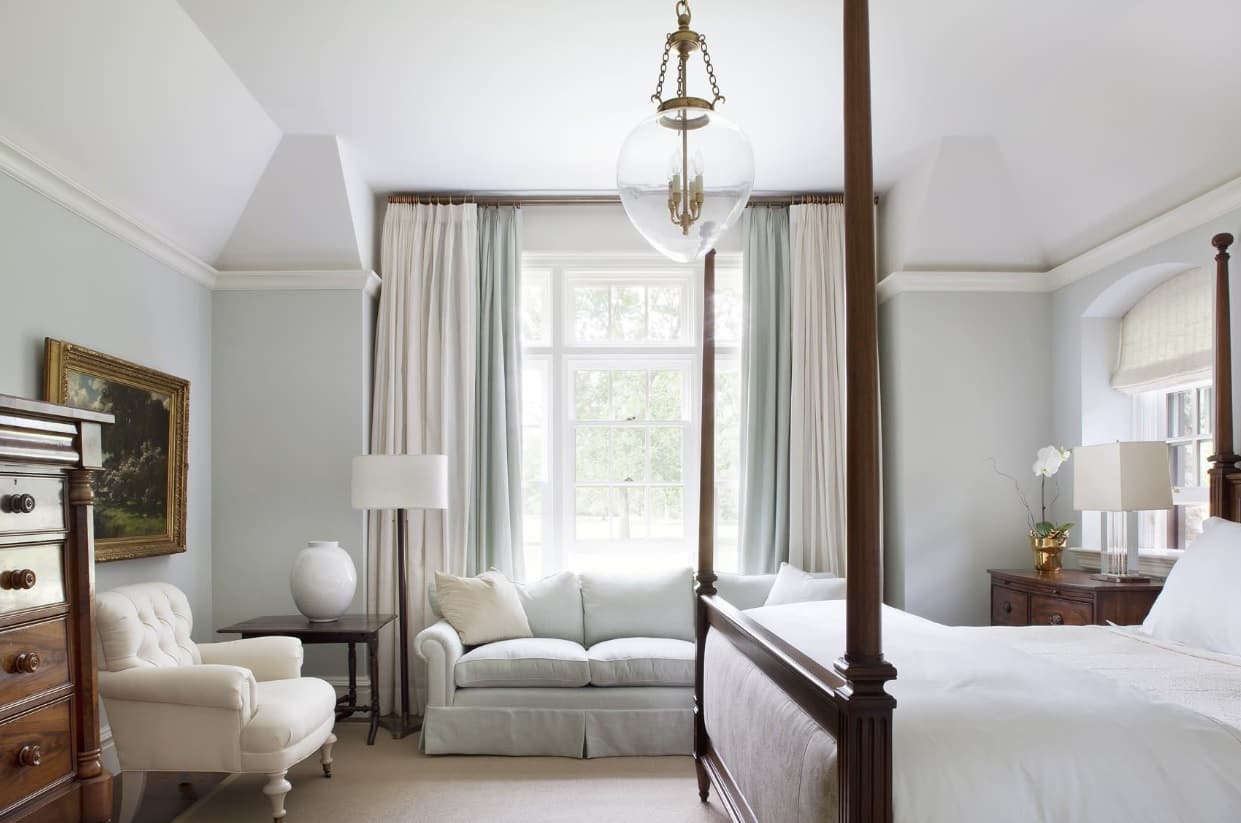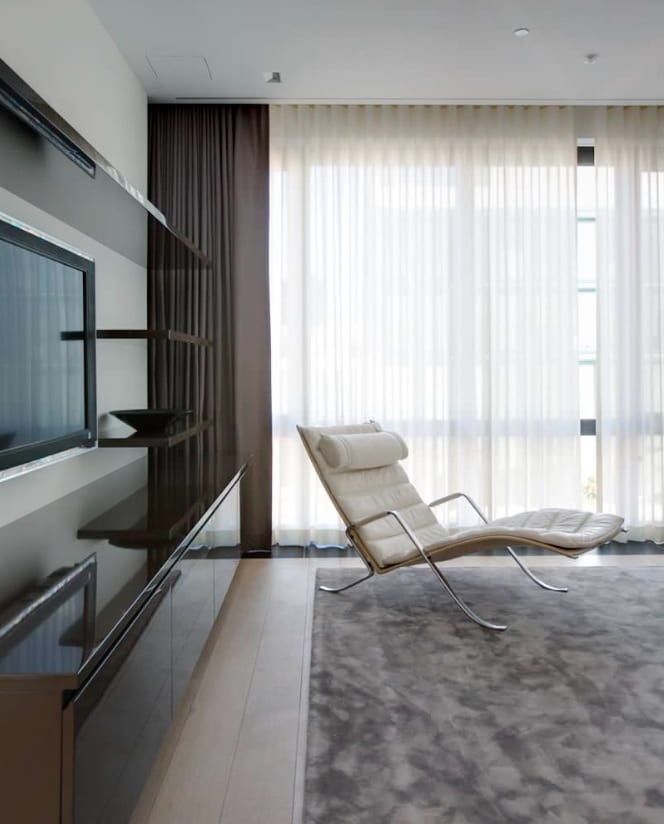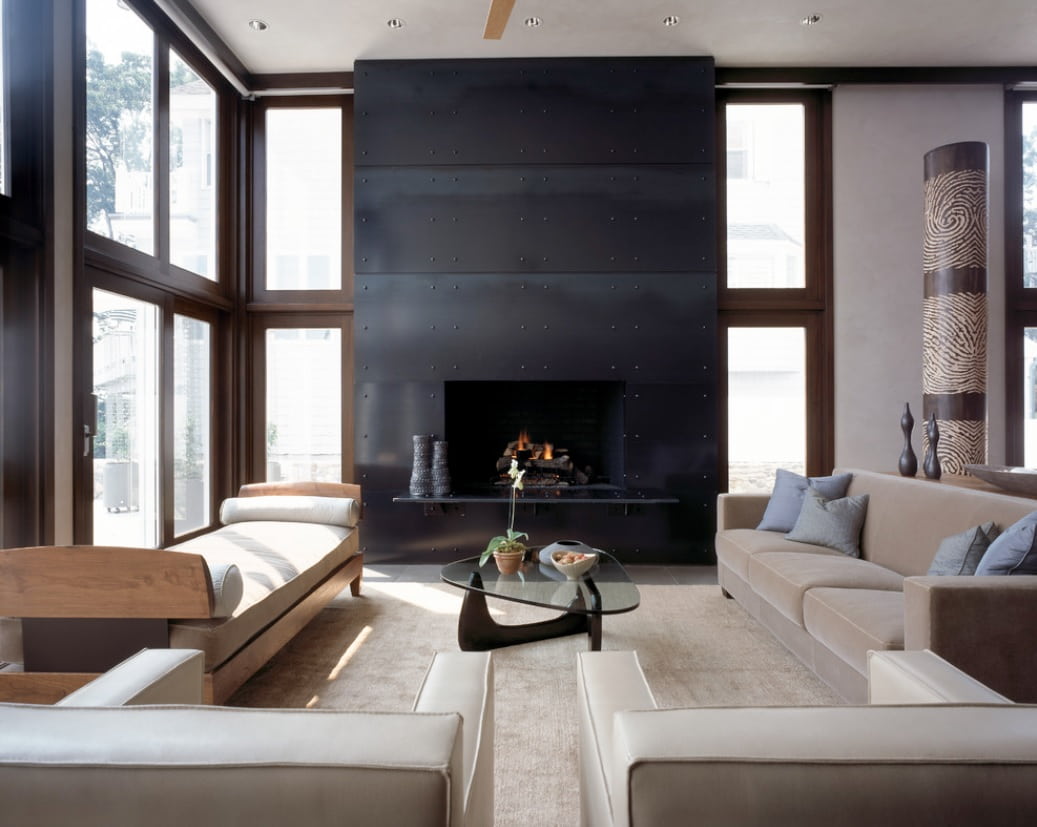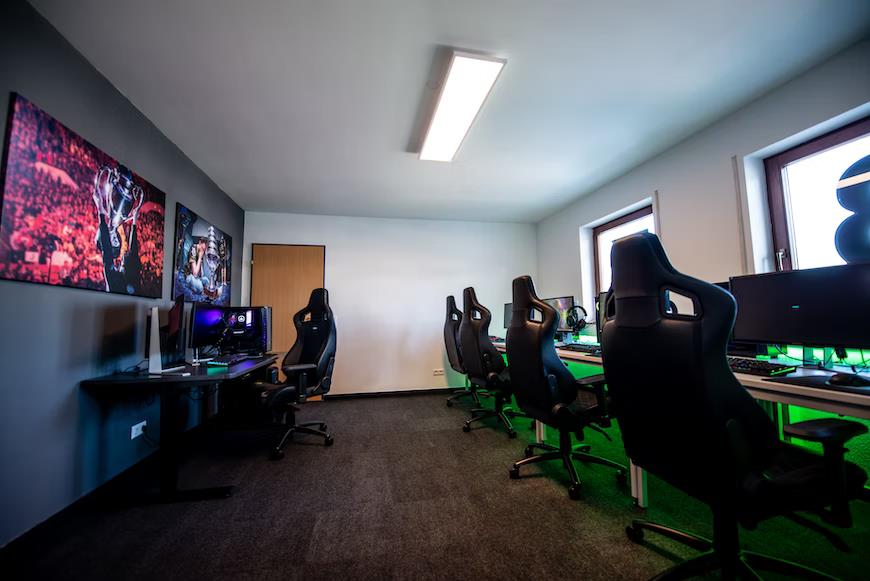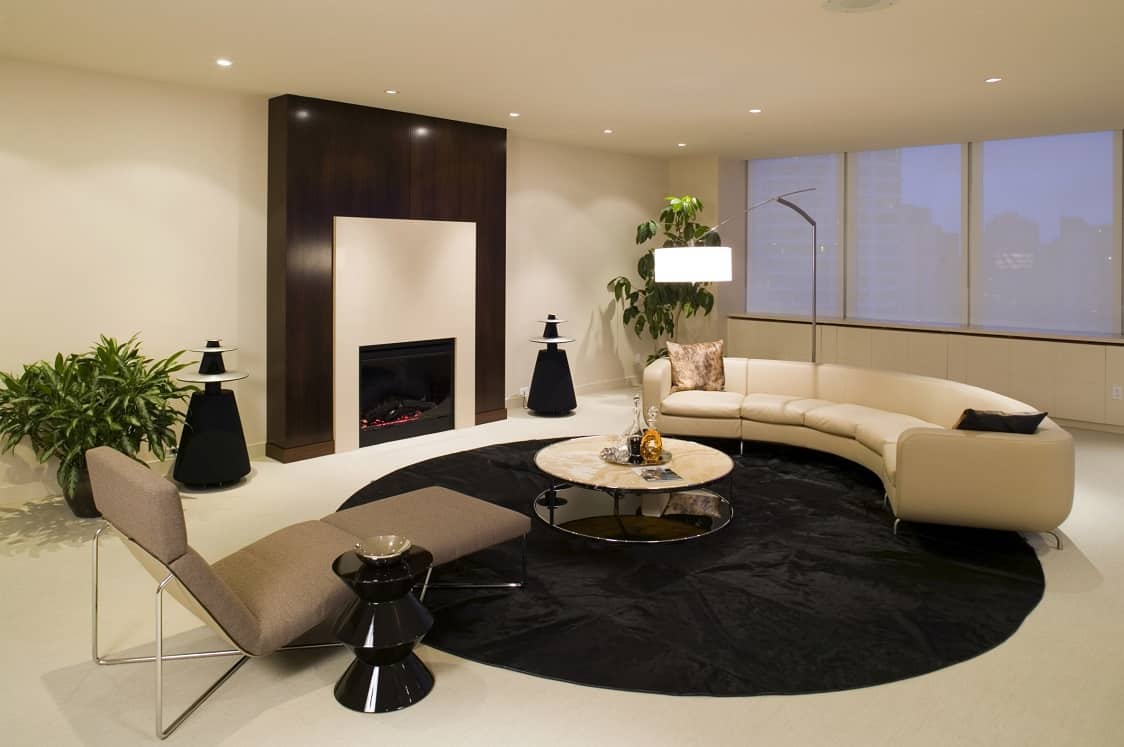Wondering what 3D modeling solutions can support you in designing marvelous architectural projects to impress clients? The following 5 types will surely come in handy!
Have you ever thought about how architecture engineers can build so lifelike renders of an edifice or space which isn’t even constructed yet? To those scenarios, 3D modeling is the answer!
3D modeling for edifices is considered a traditional tool for architectural engineers. Nowadays, it is a challenge to reveal architects that don’t integrate 3D modeling to visualize their interior/exterior design solutions.
In case you are searching for professional recommendations regarding the best PM tools for architecture engineers/ways to implement 3D modeling from experts, the best option is to find 3D modeling services at the Engre platform. Discover more about this marketplace at Canadian Consulting Engineer.
Where Architects Use 3D Models
3D models are implemented within multiple fields that include as follows:
- Generating a product design;
- Creating 3D figures for video games and animated movies;
- Designing innovative products in medicine;
- Developing digitized 3D outfits within the fashion industry;
- Modeling unbuilt solutions in the construction industry.
In this article, we don’t dwell on pluses of 3D modeling or how to use it in architectural projects. There doesn’t exist one universal approach to do it when it comes to 3D visualization for edifices. Two architects mean two different ways they implement 3D modeling based on budget and deadlines. We will go over the best 5 types of 3D modeling architects should practice while designing construction projects.
3D CAD Modeling
Computer-Aided Design (or CAD) converts 2D drawings into 3D models with the help of sophisticated algorithms. Its essential role consists in generating 3D blueprints for any component, varying from something easy as screws to the whole building. Additionally, CAD models can be implemented as a mathematically accurate background for the next development phase as of 3D exterior design.
When it comes to its adoption in 3D modeling for edifices, the best way to use it is by visualizing solutions that pose blueprints. It helps architects to effortlessly introduce modifications to the color palette, materials as well as and insert decor components along the design.
Wireframe
Wedge or wireframe modeling presupposes initially determining an outline of a 3D element and then filling the space between wires/ lines with polygons. For experienced architects, this practice is efficient, versatile, and easy. However, despite it is speedy, creating 3D models for complicated components that include organic shapes requires much time because it is liable to discrepancies. In general, this option for 3D visualizing for edifices is predominantly for relatively easy projects. In case an architectural engineer requires something speedy to demo a real estate project or a plain office interior, the wireframe is exactly the option they need.
BIM Modeling
Building Information Model (or BIM) is a truly challenging kind of 3D visualization that consists of creating and editing functional and physical features of architectural projects. BIM is acknowledged as one of the oldest 3D modeling solutions for edifices. It is a strong interior/exterior networking and development tool.
It differs from other architectural design tools with the opportunity to work not only with the entire edifices but with their surroundings as well as all types of internal workings, such as spatial relations and infrastructure. An architectural engineer would desire to introduce BIM is that it not only allows controlling every aspect of scheduling and building but unite with team members and on-site contractors to optimize efficiency.
CG Exterior Modeling
When it comes to exteriors, the essential goal consists in encouraging investors. However, exteriors possess different benefits from interiors. Apart from being a must-have “to look incredible”, other factors matter. How innovative the design is? Does it meet the sustainability trend? How optimized the infrastructure is? 3D visualization for edifices generates not only visually breathtaking pictures but deals with all questions pointed out above.
With the help of 3D modeling software, architectural engineers can accurately visualize the quality of materials, improve the challenging math as well as systems like transportation, plumbing, electricity, and so on. Consequently, architectural demos with CG exterior modeling visuals look brightly convincing to investors that intend to get dividends from their costly investments.
3D Interior Modeling
Here, you might say “why to consider this type of 3D modeling as partially it refers to all the above-mentioned types of 3D modeling?” Well, it is true but let’s explore it separately. This type is a brilliant option when all an architect is to do at the moment is demoing a solution to investors.
To impress investors, architectural engineers are to represent what are the pluses of their designs. As a rule, the key focus of any space is its contents, i.e. decor, furniture, and lighting. That is why, architects developing these projects accentuate not the interior space itself but making every element look fantastic, scrupulously putting contextual decor as well as carefully optimizing shadow/light sources.

